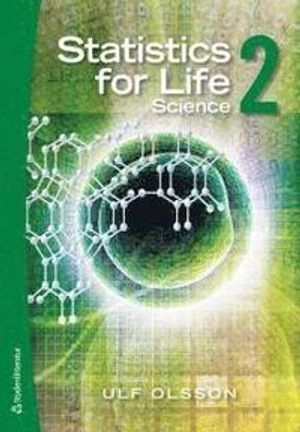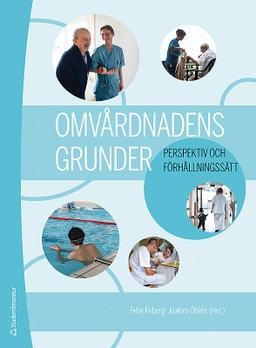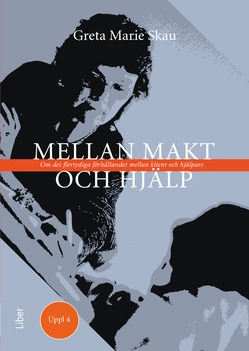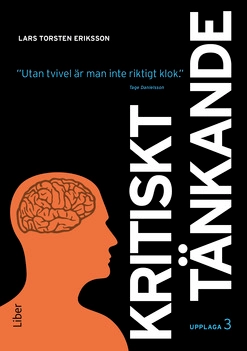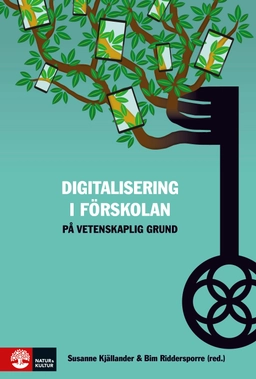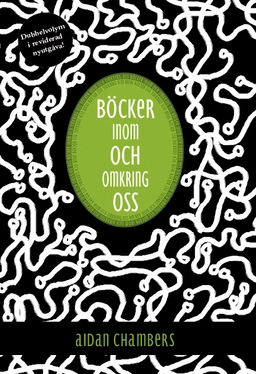Statistics for Life Science is a series of two books in statistics for students majoring in the life sciences. The emphasis is on methods for drawing conclusions from biological data. Most of the examples and exercises use real data from published research. Analyses are illustrated with printouts from the SAS and Minitab packages. Each chapter includes a number of exercises with solutions. Supplementary material, including solutions to many exercises using the R lan-guage, is available at the book’s home page.
The book includes some advanced topics that are not normally included in introductory texts, such as general linear models, generalized linear models, and mixed models for analysis of repeated-measures data, and a section on methods for clinical trials.
The book starts with chapters on simple and multiple linear regression. The concept of general linear models, includ-ing covariance analysis, is introduced through the use of dummy variables. General nonlinear regression models are discussed. Methods for non-normal data are covered in several chapters: one chapter on nonparametric methods; one chapter on analysis of contingency tables, and one chapter on generalized linear models. Our treatment of the analysis of repeated-measures data is based on the concept of mixed linear models. A chapter on multivariate methods intro-duces methods such as principal component analysis, factor analysis and cluster analysis. Finally, some topics rele-vant for clinical trials are discussed such as early stopping, equivalence studies and dose-finding studies.
The purpose of the book is to provide a rather comprehensive overview of statistical methods used in the life sciences. It is intended for courses in statistics for students majoring in biology, ecology, medicine, nursing, agronomy, pharma-cology and other life sciences.
Åtkomstkoder och digitalt tilläggsmaterial garanteras inte med begagnade böcker
